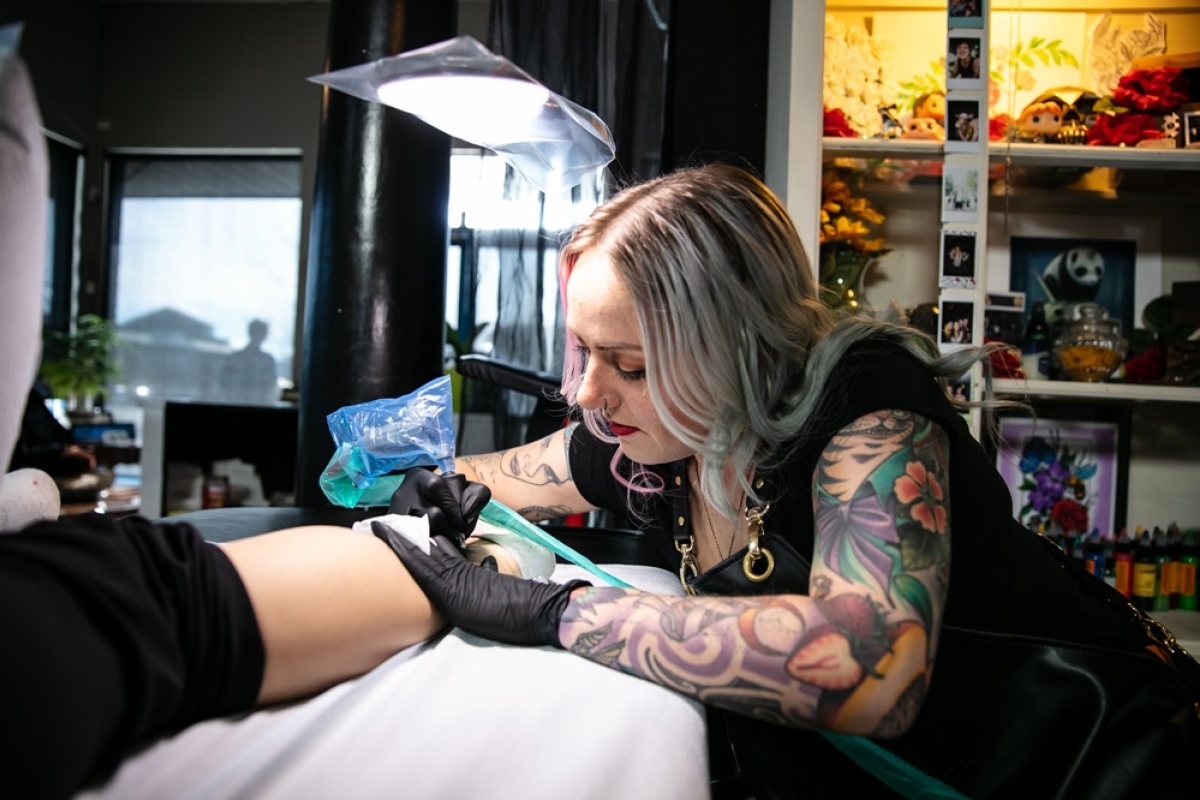Career Overview
Workers in this group:
- Give facial and body treatments to improve an individual's physical appearance
- Work in beauty salons, electrolysis studios, scalp treatment and hair replacement clinics and other similar establishments
- May work in cosmetic departments of retail establishments such as pharmacies and department stores
- May be self-employed
Job Titles
Duties
Estheticians:
- Give facial and other body treatments using specialized products and techniques
Cosmeticians
- Teach customers how to use makeup and other beauty products
- Apply makeup to customers
- May specialize in applying makeup to models or other individuals for special occasions
Electrologists
- Remove unwanted hair permanently from client's face or body using needle only, specialized electrical hair removal equipment, laser and other equipment
Manicurists and pedicurists:
- Clean, shape and polish fingernails and toenails and provide related treatments
Scalp treatment specialists:
- Apply medicated lotions to treat scalp conditions and hair loss
Tattoo artists:
- Apply permanent designs to customer's skin, using electric needles and chemical dyes
- May also apply temporary designs to customer's skin
Hair replacement technicians (non-medical):
- Prepare and apply custom-made hair pieces to customer's scalp
- Weave customer's hair to hair pieces
- Give scalp treatments
Earnings
Earnings is income that workers receive in exchange for their labour. Depending on the type of employment, earnings can be in the form of wages (hourly), salaries (fixed monthly or annual) or self-employed earnings.
Work Environment
# Workers Employed
Not available% Employed Full Time
Not available- Work takes place in an indoor salon or studio environment
- Working with tools or instruments may be a source of injury
- Workers may be exposed to strong odours
Career Pathways
There is little or no movement among the different occupations in this unit group without additional specialized training.
Occupational Interests
It’s important to understand what kinds of occupations align with your interests.
For more about occupational interests visit Skills for the Future Workforce > Characteristics.
Here are the top occupational interest(s) for this career profile:
Education, Training and Skills
- Completion of high school, college or beauty school programs for cosmeticians, estheticians, electrologists, manicurists and pedicurists is required
or
On-the-job training is provided - Electrologists usually require certification from an electrologist's educational or training institution
- Membership in a provincial or national electrolysis association may be required
- Completion of a registered dermal therapy program may be required to provide electrology laser and vascular treatments
- Estheticians usually require certification from an esthetician's educational or training institution
- Apprenticeship for electrologists, estheticians and nail technicians is available in Manitoba. Trade certification for these occupations is compulsory in that province
- A business license is required for workers in this group who are owners/operators of businesses offering these services
- Practitioners offering these personal services are required to adhere to infection control procedures
Education programs in B.C.

Top Skills
Every job calls for a certain set of skills. Knowing those skills is the first step in finding a good career fit.
Here, you will find the 10 most relevant workplace skills. Some are more important to achieving success in a certain career than others. These skills may come naturally to you or you may need to gain them through education, training and experience.
See the list of work-related skills below, ranked in order of importance for this career. Check out the list and see if this career matches your skills—take that first step!
Labour Market Statistics
Discover data, facts and information that have been gathered and analyzed. Learn about the characteristics of the economy and labour market in B.C.
Employment
Find out about employment types and trends by region and industry.
Employment
Not availableEmployment by Region







| Region | Employment | % Employment of this Occupation |
|---|
Labour Market Outlook
The B.C. Labour Market Outlook is a 10-year forecast of the expected supply and demand for labour in the province. It’s usually updated every year. The purpose is to provide British Columbians with the knowledge to make informed decisions on careers, skills training, education and hiring.
Forecasted Job Openings ()
Not availableForecasted Job Openings
Forecasted Employment Growth Rate
Composition of Job Openings
Job Openings by Region ()







| Region | Job Openings | Avg. Annual Employment Growth |
|---|
Industry Highlights
Learn about the opportunities in B.C.'s major industries, including employment trends, earning potential, locations of work and more.
Forecasted Job Openings by Industry
Resources
Resource information is currently not available.








